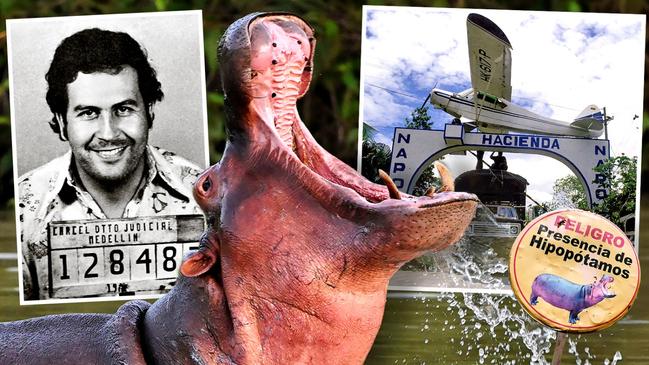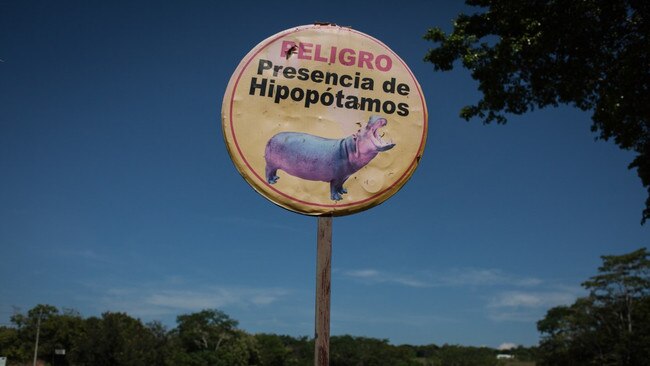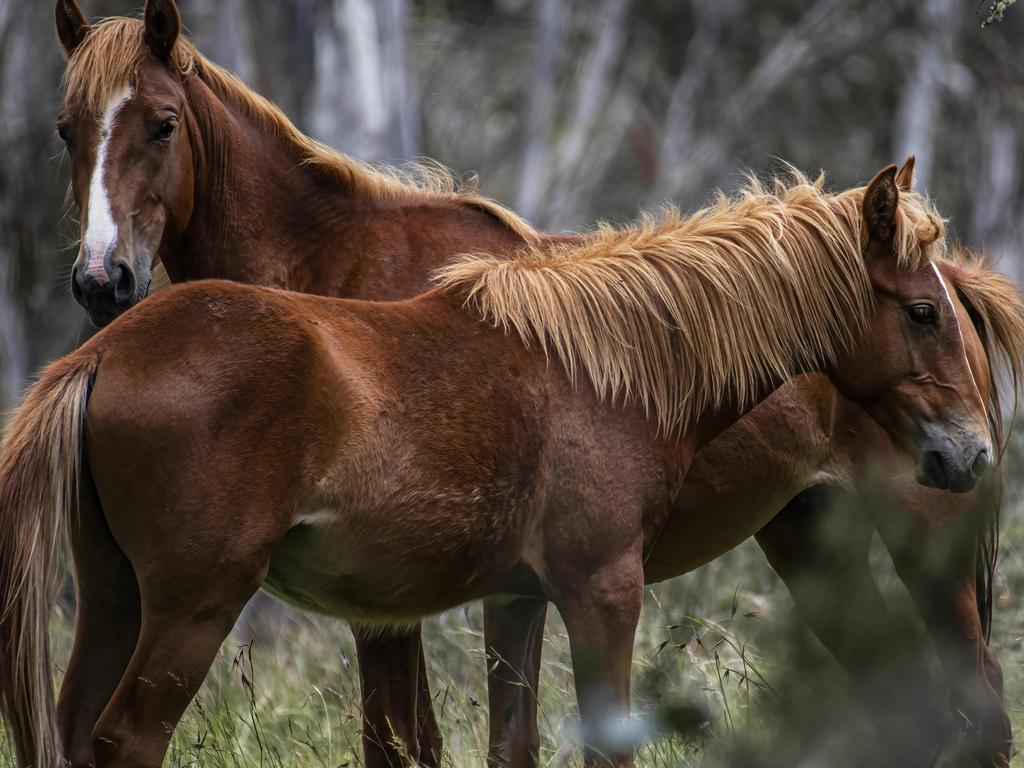Colombia wrestles with curse of Escobar’s feral hippos
Having escaped the drug lord’s menagerie after his death in 1993, the animals have multiplied in the wild, putting native species and humans in danger.

Fifteen years ago, a group of hunters set out into the Colombian wetlands near the Magdalena river with orders to shoot to kill. Their target was Pepe, an African hippo that, like its former owner, the drug lord Pablo Escobar, was a threat to society.
After Escobar’s death in a rooftop gunfight in Medellin in 1993, his hippos were left to go feral at Hacienda Napoles, a vast private estate built by the cocaine baron that also featured an airstrip, a dinosaur theme park and a 1000-seat bullfighting ring. While the zebras, giraffes and other animals in his menagerie died or were taken away by the authorities, his hippos remained and soon escaped, roaming miles in search of food.
By 2009, the original four hippos imported by Escobar in the 1980s had multiplied to about 27. Among them was Pepe, a large male, who was sighted about 100km away with a female and their calf.
“It is only a question of time before those animals hurt someone,” the environment minister, Carlos Costa, said at the time. “After more than two years of trying to capture them, the decision [to kill them] was a sound one.”

Long after Pepe suffered the same fate as Escobar, however, an estimated 169 of his relatives remain in Colombia – the largest hippo population outside Africa – and experts warn the true number could be higher still. Yet the authorities are at a loss as to how to deal with an invasive species that has spread almost unchecked across the Magdalena river basin for decades.
Conservationists say the huge and ill-tempered mammals are a danger to native ecosystems as well as to rural communities. In Africa, hippos are said to kill about 500 people a year.
Studies suggest that if they were allowed to continue reproducing at their current rate, Colombia could have more than 1400 by 2034.
“We have a major problem that exceeds the administrative capacities to deal with it,” David Echeverri Lopez, who leads the Biodiversity Management Office of Cornare, a regional agency tasked with helping address the problem, told The Times. “There’s quite a high level of complexity involved.”
The problem was illustrated last year, when it was announced that 70 hippos would be moved to sanctuaries in Mexico and India at a cost of $US3.5 million ($5.2m). Owing to delays in acquiring permits from the Colombian authorities, the animals remain in the country.
Other options being weighed by the environment ministry include a widespread sterilisation program and domestic confinement in sanctuaries.

The sterilisation program too has stalled. The omens were bad from the start, when a hippo called Napolitano underwent the procedure. He was sedated, placed in a cage and flown by military helicopter to be castrated. However, the helicopter’s engine overheated owing to the weight and it only narrowly avoided crashing.
Last year, a team of conservationists began a pilot scheme that aims to sterilise 40 hippos a year, the number experts believe is necessary to control the population. However, just seven hippos were sterilised in three months.
Adding to the complication is the fact that tourists are drawn to see the hippos as part of the Escobar myth, creating revenue for local people.
“We don’t want to slaughter hundreds of animals - nobody wants to see a killing of that scale, and for animal welfare reasons it’s not the most advisable thing to do,” said Carlos Valderrama, head of the WebConserva foundation. But he added: “They put us in a difficult position in which we have to choose between the wellbeing of our ecosystems, of thousands of native animals, for some hippos that should not even be here. From an ecological point of view, the responsible thing to do is to eradicate these animals.”
The Times






To join the conversation, please log in. Don't have an account? Register
Join the conversation, you are commenting as Logout